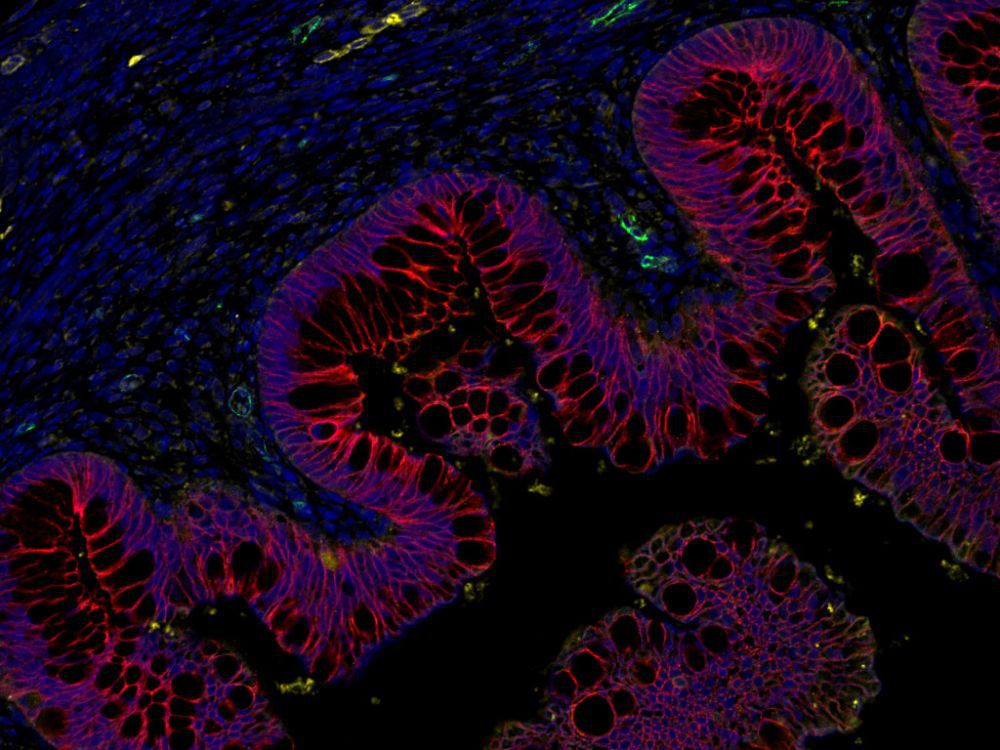
If beauty labs have been seeking for years to regenerate our cells to erase the traces of time on our faces, other researchers are aiming more broadly by seeking cell renewal to limit the development of diseases.
À l’heure ou la population mondiale se veut vieillissante (16% de la population mondiale aura plus de 65 ans en 2050 contre 9% in 2019), des chercheurs ont réussi la prouesse d’inverser le vieillissement de cellules humaines d’environ 30 years.
The aging process is natural and results in a change of cells and body functions. This aging leads to a chain effect with phenomena that follow each other and sometimes combine, causing mental and physical decline, or open the way to diseases, sometimes chronic, degenerative, even death. Unfortunately, aging is not a linear factor and does not depend only on the number of years, but it remains subject to influence.
Regenerative medicine techniques tend to reverse the aging process. In most cases, damaged cells are replaced with repair cells in the patient to recreate healthy tissue using stem cells and unspecialized cells that are adapted to the environment in which they are placed.
These stem cells come from the process of converting somatic cells into induced pluripotent stem cells (IPSC). All you have to do is take the adult cells and genetically reprogram them… Until now, the process of making these IPSCs required several steps of reprogramming that lead to the loss of some specific functions acquired with age.
However, researchers at the Braham Institute in Cramdbridge have developed a technology that can reprogram cells to make them younger with the ability to restore their specialized cellular function.
After the work of Shinya Yamanaka in 2007, the project makes it possible to obtain the modified cells in just 50 days, without modifying the base DNA sequence, which look younger, but retain their specialization obtained in adulthood.
Thus cutaneous fibroblasts from a middle-aged donor were used and the challenge was to determine when the reprogramming should be stopped.
By examining the epigenetic clock and transcriptome, the researchers were able to confirm that they had been able to regenerate cells by about 30 years. They also retained their hallmarks of skin cells (collagen production). This breakthrough opens the way to a better understanding of the aging process and trans-cellular reprogramming.







